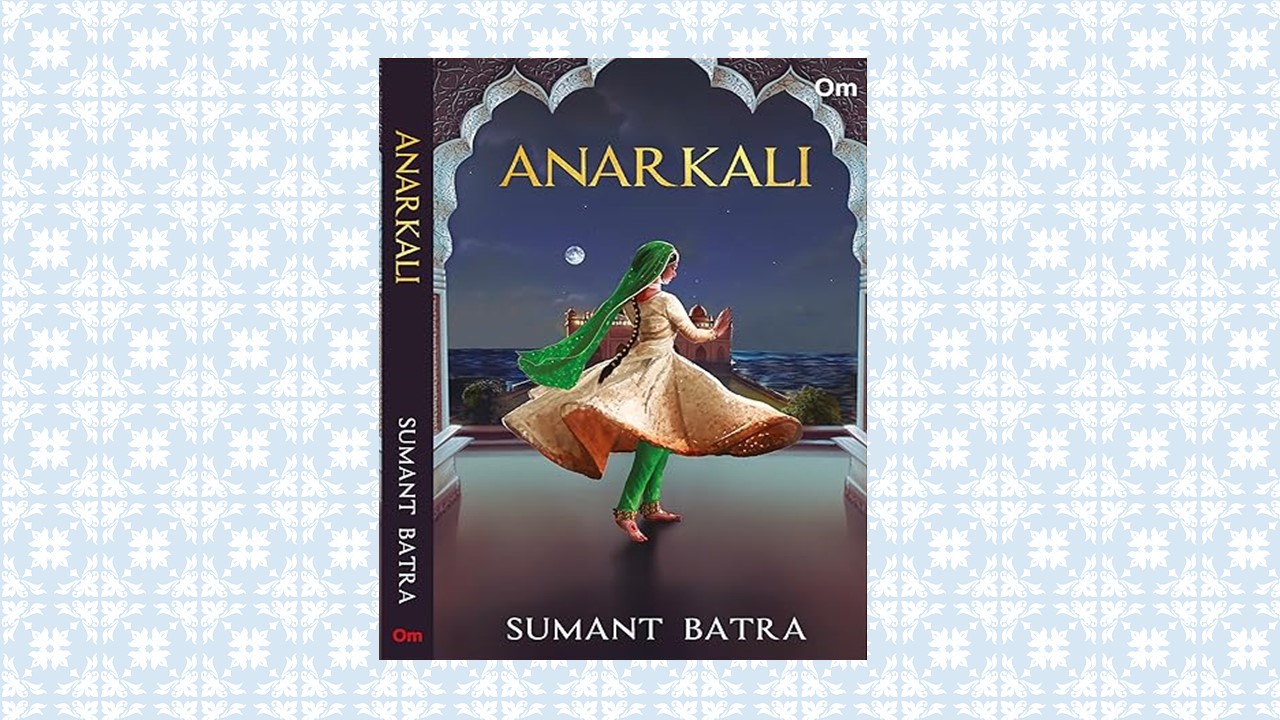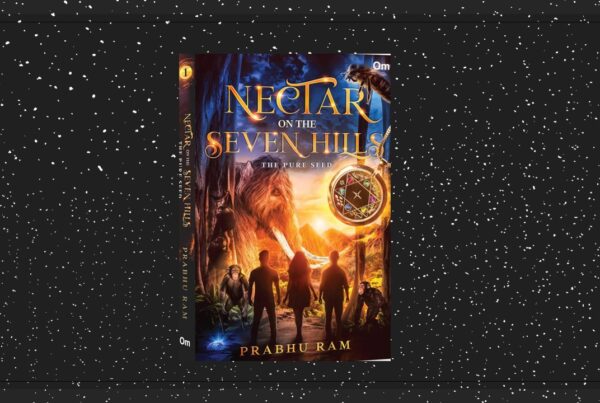Sumant Batra’s Anarkali is a riveting historical fiction that delves into the identity of the enigmatic dancer who managed to capture the crown prince’s heart. Through his powerful storytelling, the author attempts to answer the many questions that shroud Anarkali in mystery.
Who was she? Why was her love forbidden? Ultimately, what price did she pay for daring to defy the Emperor of Hindustan?
The author blends fact and fiction with finesse and sets the tone of what is to follow with a dedication: For all the fateful heartbreaks.
The opulence of the Mughals, the bustling Meena Bazaar, the spirituality of Fatehpur Sikri, the magnificence of the Sheesh Mahal, all come alive through the author’s skillful craft. The research into Mughal history is commendable, be it the architecture, the attire of that period, or the interaction between the different classes. The book takes you on a journey of Agra, Lahore, and Fatehpur Sikri, with its vivid descriptions. The Urdu words and couplets make it a very authentic read. Many nuances have been penned adeptly; the lawyer in the author shines in a particular instance where Akbar decides a dispute.
Relationships form the core of this story. Emperor Akbar has a troubled relationship with his son Salim, who was born to him after much prayer. The yearning in the father’s heart, the son’s quest for acceptance, the ego clashes between them, all have been portrayed in painstaking detail.
The women are the real heroes of the book. Political strategies are executed from the royal Zenana and from behind veiled curtains. Akbar’s aunt Gulbadan, his mother Hamida Banu, and his wife Jodha, are scholarly, wielding power and knowledge. Jodha plays the helpless Queen caught between the two people she loves the most. Meanwhile, Meherunnisa knows that the stakes are high and hatches her conspiracy.
In this intricate maze of power, duty, and deceit, where does Anarkali fit in?
Anarkali’s tragic story has been romanticized by historians, and her personality restricted to that of ‘Salim’s lover’. The author lends her a voice and gives her a chance to tell her story to the world. This reimagining explores the different facets of her life and pays tribute to her many roles- as a daughter, a sister, a friend, a thinker, a dancer extraordinaire, and a devotee of Krishna. Anarkali channelizes her inner Radha, rendering life to her Kathak performance that mesmerizes the reader and transports them to a realm where art meets spirituality.
The relationship between Anarkali and Salim is shown to be tender and respectful. Her love is pure, her devotion is steadfast, and her passion a madness that shakes the very core of the royal court. However, duty supersedes love, and the future Emperor of Hindustan must abandon the love of his life in the best interests of the empire. Choices are made and ties severed in this saga of sacrifice and duty. The narrative abounds in divinity, romance, passion, and a haunting melancholy. Rounding off this review with a word of appreciation for the stunning cover- a twirling Kathak dancer against a moonlit sky, with her Ghungroos bursting out of the cover.
This book is a must-read for history-buffs!




